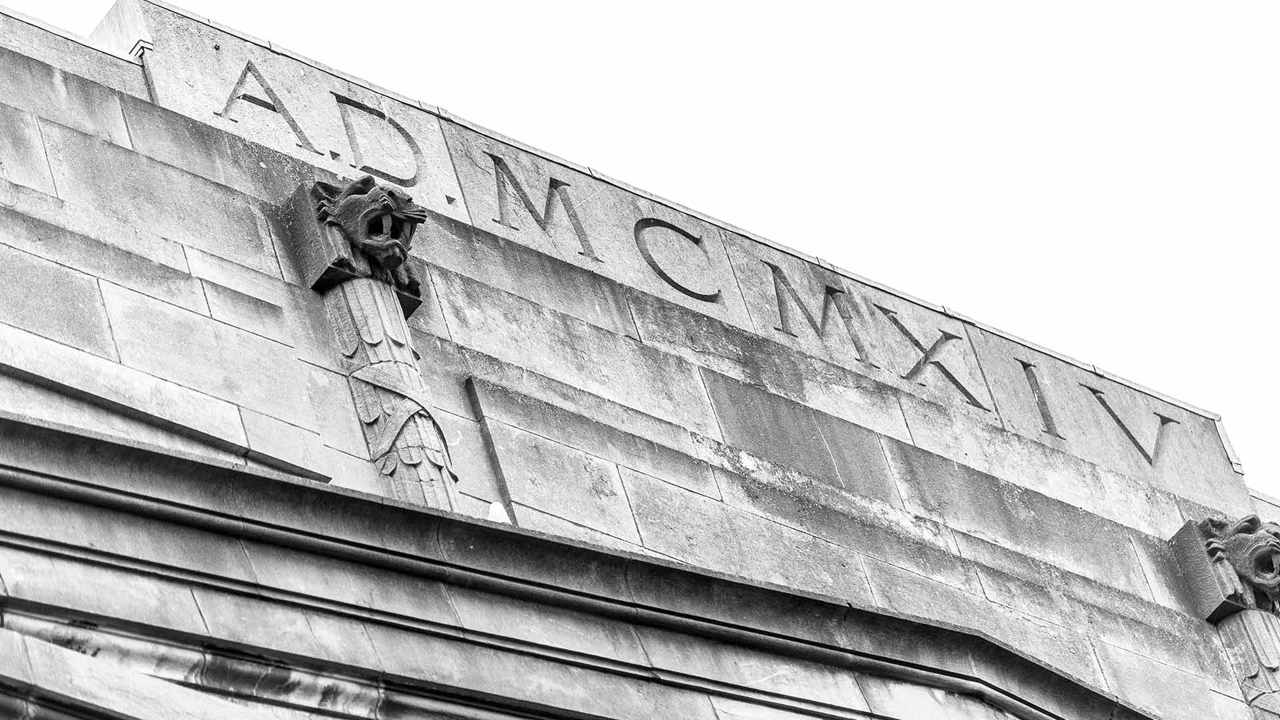Events and Tickets
Our History

The NCH site at Earlsfort Terrace dates from 1865, when it was built to host the Great Exhibition. After becoming a University, it was the stage for significant events surrounding the War of Independence, including the Dáil Éireann debates on ratification of the Anglo-Irish Treaty in 1922, which took place in the College Council Chamber, now the Kevin Barry Recital Room.
In 1981 this long-standing dream of Irish music lovers was realised when President Hillery opened An Ceoláras Náisiúnta. It remains one of the nations finest cultural assets occupying a historic landmark building in the centre of Dublin.
"Good music will never be as popular as it deserves to be until a proper Concert Hall is built in Dublin"
Sir John Barbarolli (1899 - 1970)
The history of Earlsfort Terrace, where the National Concert Hall is based, dates back to 1865 when it was originally known as the Exhibition Palace. The stone structure and glass and steel Winter Garden proved expensive to run and was later dismantled to be replaced by the Royal University of Ireland. In 1908 it was again replaced to become the National University of Ireland.
In 1970, when the University extended their departments to a new campus off-site, it was proposed that the Earlsfort Terrace site should be used to build the National Concert Hall to be located on Earlsfort Terrace and, following conversion by the OPW, it opened its doors in that capacity on the 9th of September in 1981.
Tomorrow’s Legacy Begins Today
Since opening, the NCH has played host to an astonishing variety of artists in every genre, from the four corners of the globe. As well as being home to the National Symphony Orchestra of Ireland, audiences have enjoyed performances of every type of music produced in Ireland, from classical to country, from sean-nós to rap.
Music is the heart and soul of Ireland. It delights, excites and unites us. Our music is a melting pot of our local traditions, international recognition, celebration, reflection, expression and consolation. It is a legacy we entrust to our emerging talents who have the future of music in their hands, hearts and voices. It’s a legacy that deserves the ideal home – our National Concert Hall.

